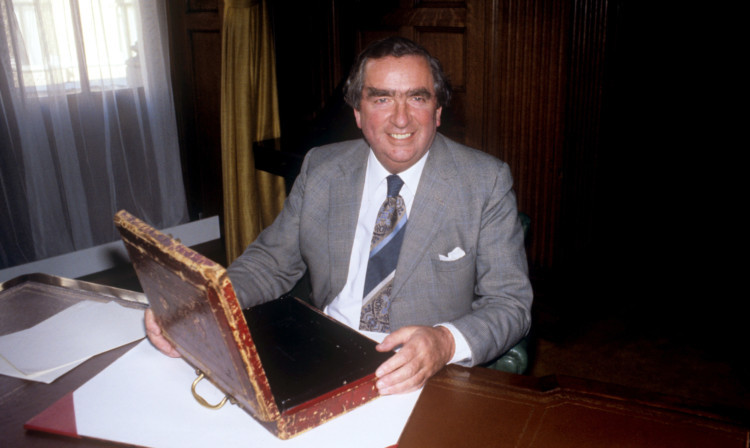
Secret Government papers have revealed that Westminster rejected official advice to set up an oil fund in the 1970s.
The SNP claim that if they had it would be worth as much as £100 billion now.
The revelation comes after former Chancellor Denis Healey admitted last year that the Callaghan administration underplayed the value of North Sea oil for fear of boosting the independence movement and a Sunday Post investigation found the Ministry of Defence vetoed oil exploration on Scotland’s west coast in the 1980s.
First Minister Alex Salmond has accused the Westminster government of squandering Scotland’s oil wealth.
He said: “These are yet more damning revelations which lay bare the extent to which Westminster has mismanaged Scotland’s oil wealth.
“Labour were told more than 35 years ago they should set up an oil fund or risk being ‘condemned’ by future generations, but they failed to do so. The costs of that mismanagement are now clear.
“Norway discovered oil at the same time as Scotland and now has the biggest oil savings fund in the world at more than £500 billion, while Scotland’s fund stands at zero, thanks to Westminster.”
Professor Gavin McCrone, one of the chief economic advisers to the Callaghan Government of the late 1970s, told a Holryood committee he had written a paper at the time recommending the establishment of an oil fund into which revenues from the recently discovered North Sea fields could be saved. The Sunday Post has seen that document in which Professor McCrone advocates setting up a “special fund.”
At the time he wrote: “If we allow this precious asset to be used without leaving something in its place for the future we shall rightly be condemned in the eyes of succeeding generations.”
However Professor McCrone’s advice was rejected by the administration.
McCrone was the author of another Government briefing in the 1970s that set out the potential oil wealth in the North Sea and how it could benefit Scotland. That paper was suppressed by the British government until it was released under Freedom of Information in 2005.
A spokesman for Better Together said: “If the SNP spent more time setting out a positive vision for the future rather than running a campaign based on the past, maybe they wouldn’t be so far behind in the polls.
“The SNP Scottish Government’s own figures show that to set up an oil fund we’d need to raise taxes, cut spending, borrow more or a combination of all three.
“The nationalists need to come clean about which it would be.”

Enjoy the convenience of having The Sunday Post delivered as a digital ePaper straight to your smartphone, tablet or computer.
Subscribe for only £5.49 a month and enjoy all the benefits of the printed paper as a digital replica.
Subscribe